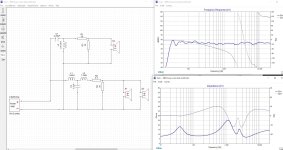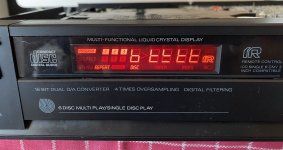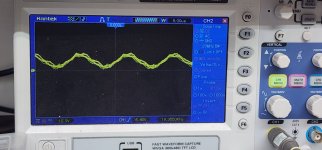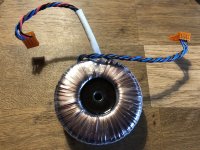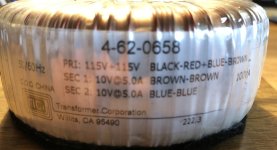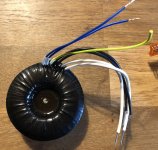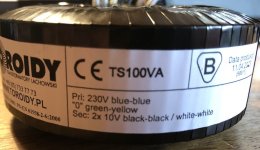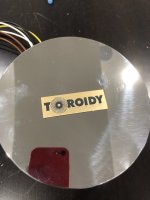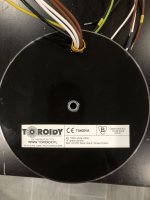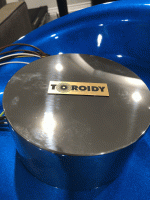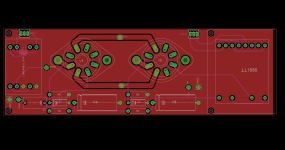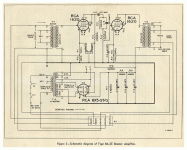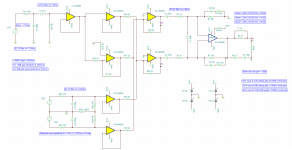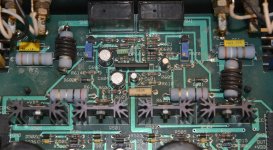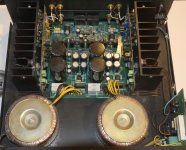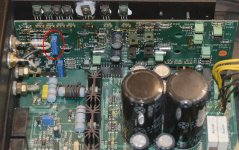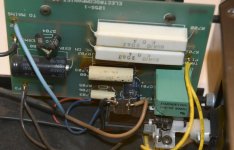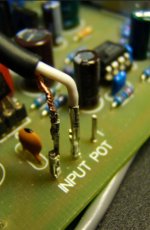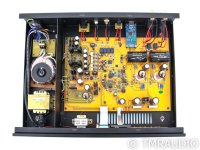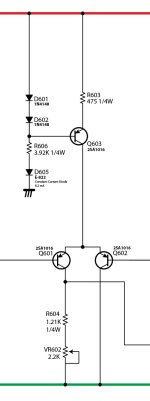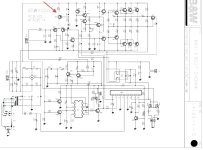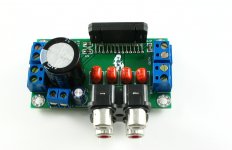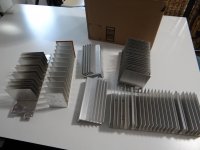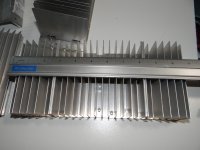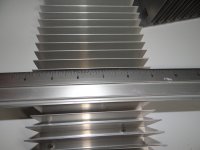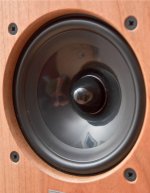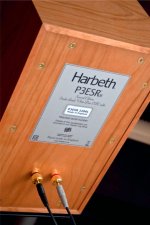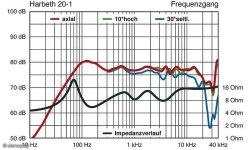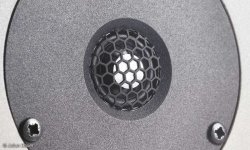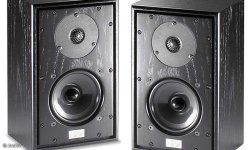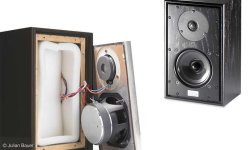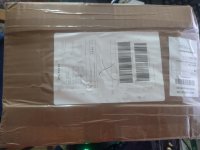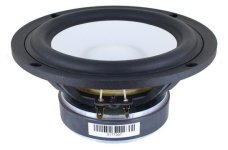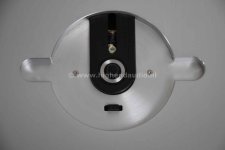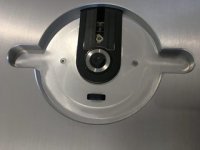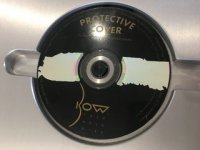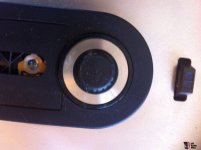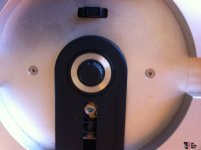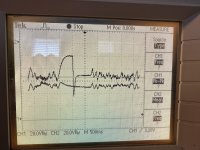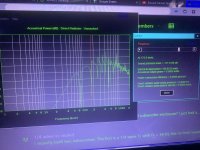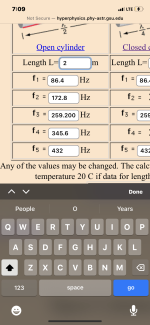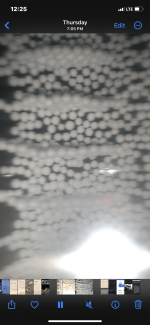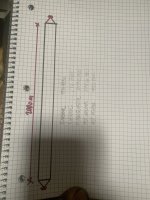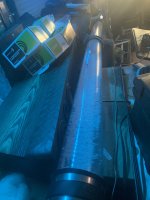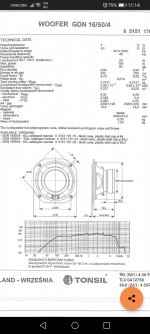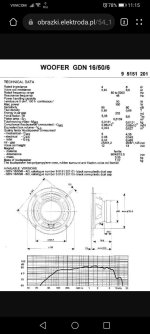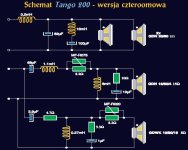Hi all,
Relatively new to the forum, and VERY novice with some familiarity with electronics.
I picked up an old "Amherst A-2000" 135watt amplifier relatively cheap to use in the gym at a USFS Fire Station.
I understand that this amp and company were a very short-term 'experiment' formed with Steve Keiser from "B&K" back in the early 90s.
They only made a few (under 50?) but they apparently were great....just cost too much to make for the price point they wanted to offer.
Allegedly, Steve Keiser went onto Luminance Audio to help create their KST-150 which looks EXTREMELY similar, but costs $3000 (still made/offered).
https://www.audiocircle.com/index.php?topic=74950.0
The amp works I 'think' just fine, (again, I am relatively very minimally aware of electronics).
Two items I have noticed though is a mechanical hum from the HUGE torodial transformer, and fair amount of heat.
I took a look at the internals, and I do see some heat damage around/near some resistors caused from what I think are bi-polar transistors with heat sinks (which do get really hot) on the board.
The hum from the transformer is somewhat noticeable from up to 4' away with nothing playing.
The amp was put on a variac for awhile prior to my purchase.
I plugged it in and left it for a day, then turned on with nothing attached for a day, then attached to rest of my system.
Again, it works 'fine' from what I can tell.
I'd like to see if I can help deal with the heat issue from the transistors, as well as the hum from the transformer.
I imagine loosening and re-tightening the hold down screw and bolt for the transformer is where I should start with that, and possibly rotating to see if I can get it to diminish.
How can I help alleviate the heat? Remove the little heat sinks around the transistors clean with alcohol and re-apply thermal paste?
Is there an volt meter test I should do to see if there is an issue with the actual components that is causing the heat?
Images attached.
Last image is from someones sale on USAudio Mart-not my amp.
Thank you for your time and any advice or experience!

